Funerals In Japan: Etiquette And Rituals
Everything You Need To Know About Attending A Buddhist Funeral
Everything you need to know about attending a Buddhist funeral.
Today, over 90 percent of funeral services in Japan are Buddhist. A traditional Buddhist funeral is a chance for loved ones and friends to come together, mourn, and seek closure. At times, it’s a solemn affair, so the idea of unintentionally causing offense is stressful—to say the least. When the time comes, it’s a good idea to prepare beforehand so you can focus on saying your goodbyes, not your apologies.
The dress code

While shades of blue and grey are acceptable during the wake, funeral attire should be black from top to bottom. For men, that means a formal black suit and tie—no bow ties, no patterns, and no shiny fabrics or silks. The only color should be the white dress shirt worn under the jacket (which you should never take off, no matter how hot it gets).
Most women wear dresses purchased for just such occasions, although dress pants are perfectly acceptable as well. It’s important not to show your legs, so black stockings or tights are essential.
Things to bring
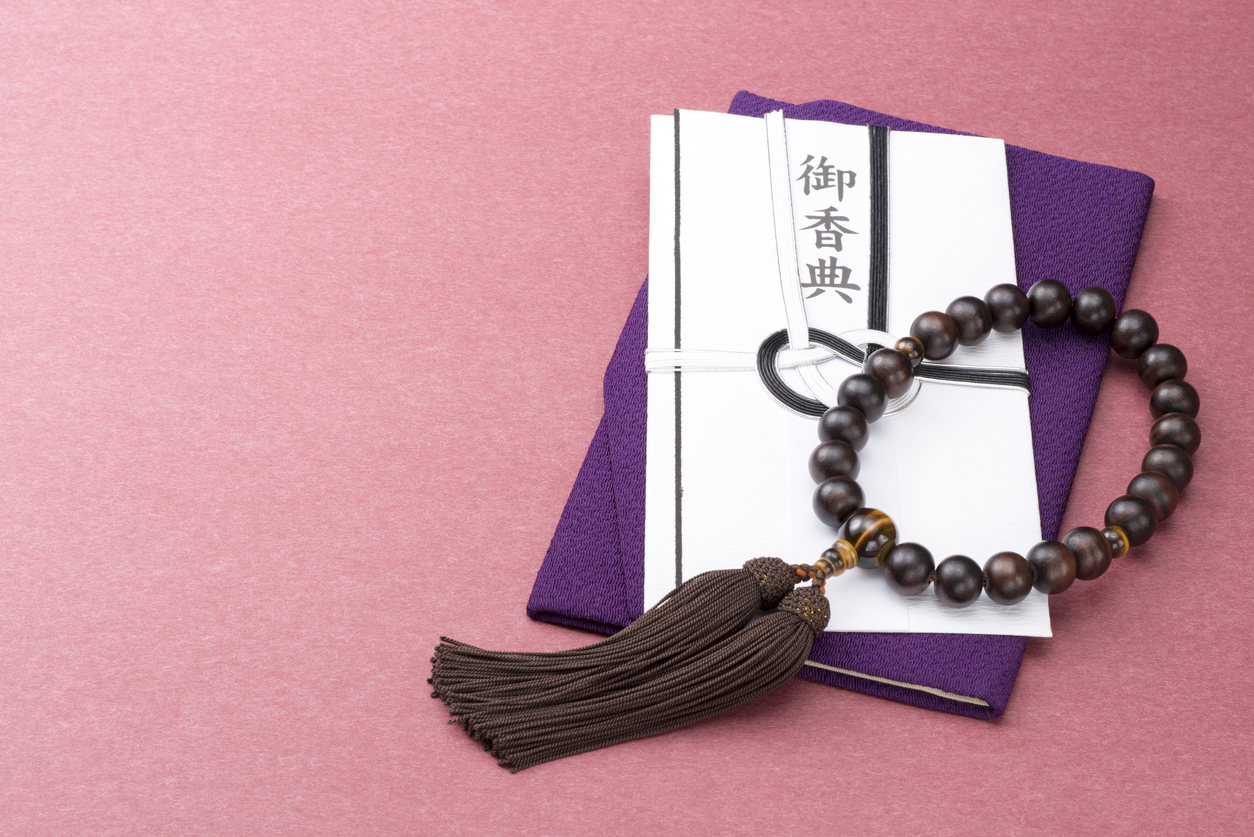
The cost is not important but 数珠 (Juzu, Buddhist prayer beads) are a must. Choose a set that speaks to you and be sure to bring it along. If you have a little black bag or clutch in a plain, matte fabric feel free to make use of it now. For those of you with larger carry-all bags, there will be space to leave it in the hall so you won’t have to be carrying it throughout the entire service.
Finally, don’t forget your 香典 (kōden, condolence money). The basic rule is, the closer your relationship to the deceased, the more you should give. A friend can bring along a minimum of ¥5,000, a relative should give ¥10,000, and immediate family even more. It’s customary to put the money in an envelope and carry it in a fabric wallet known as a 香典袋 (kōden bukuro.)
Before the service
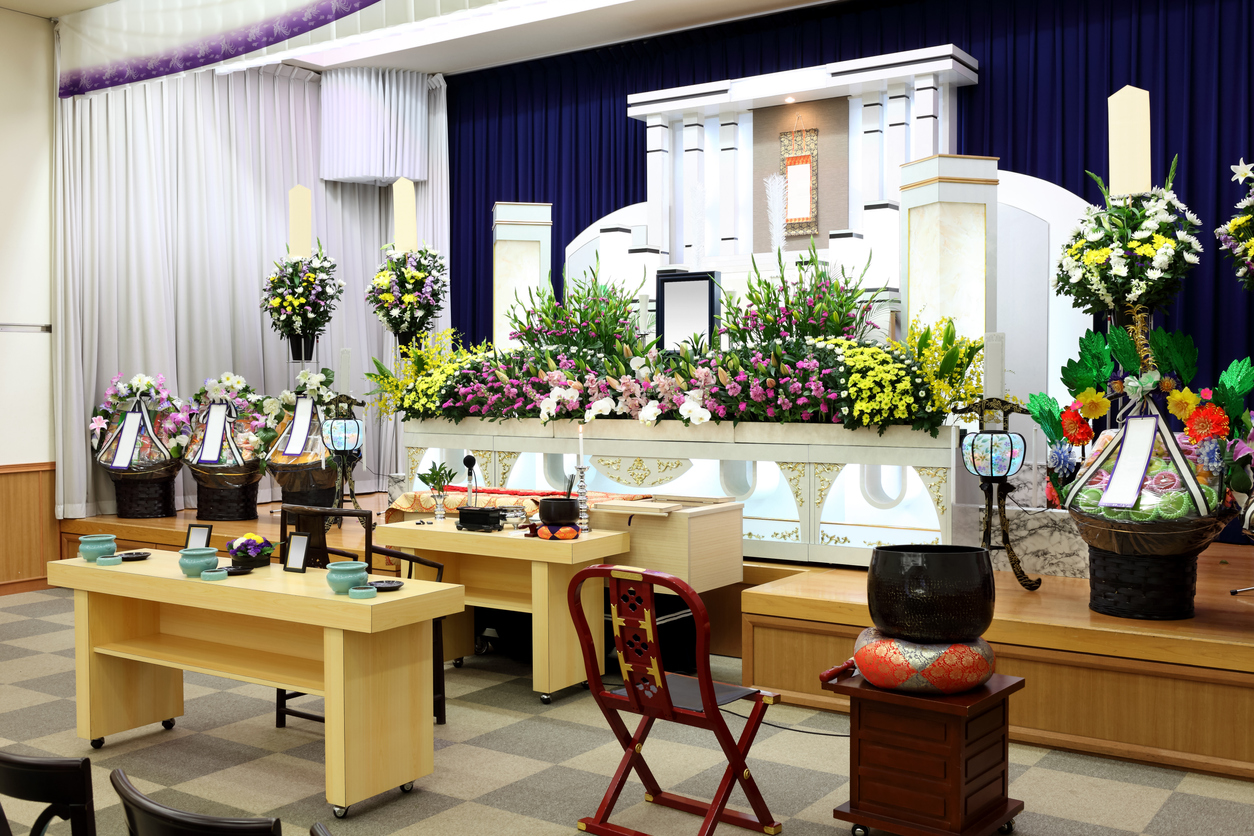
When you first arrive at the funeral hall or temple, you’ll want to present your kōden by placing the envelope on top of the fabric wallet and holding them out in front of you with both hands. Hopefully, you came in early with time to spare, because you now have an opportunity to pay your respects privately before the guests take their seats. Approach the altar, light three sticks of incense, and say a quiet prayer.
Friends and loved one […] fill the casket with flowers in a tender farewell.
Once the service begins, everyone in attendance has a chance to participate. First, the priest arrives to recite the sutras, and while this is taking place, guests are invited to the altar to pray. After bowing once to each side of the room, carefully take three pinches of incense. Hold each one out in front of you, taking a moment to honor the deceased before dropping it onto the burner.
Depending on how elaborate the service is, friends and loved ones may be invited to fill the casket with flowers in a tender farewell before the service continues elsewhere.
Farewell feast
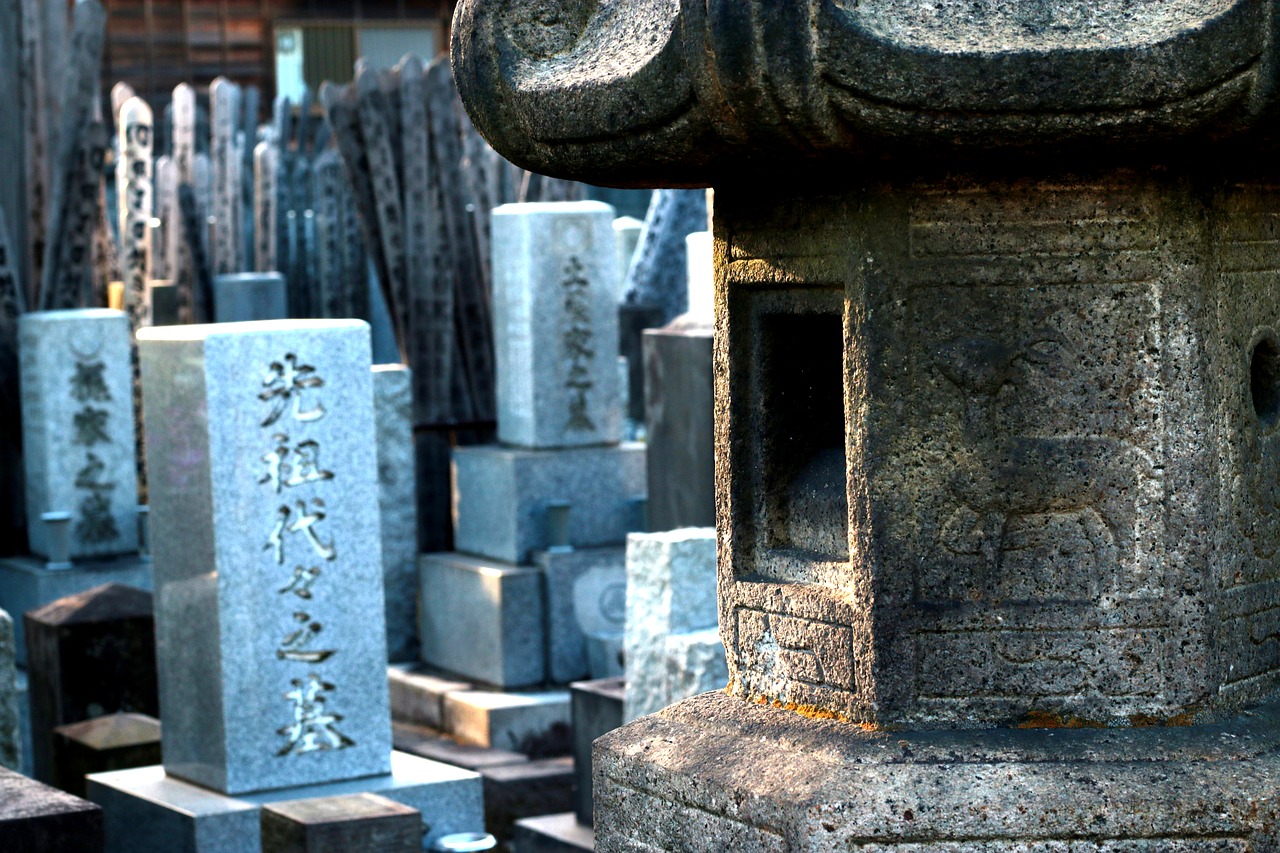
The second half of the service may continue at the same facility or take place in another location, where the cremation takes place. Cremation has been part of the Buddhist faith for over a thousand years. The friends and family are present during the entire process, so while the staff is busy preparing for the final step, everyone adjourns to share a meal. It’s not exactly a solemn affair; it might have been months or even years since the family was together like this, so there’s lots of gossip, laughter, swapping stories, and sharing memories.
Ashes to ashes
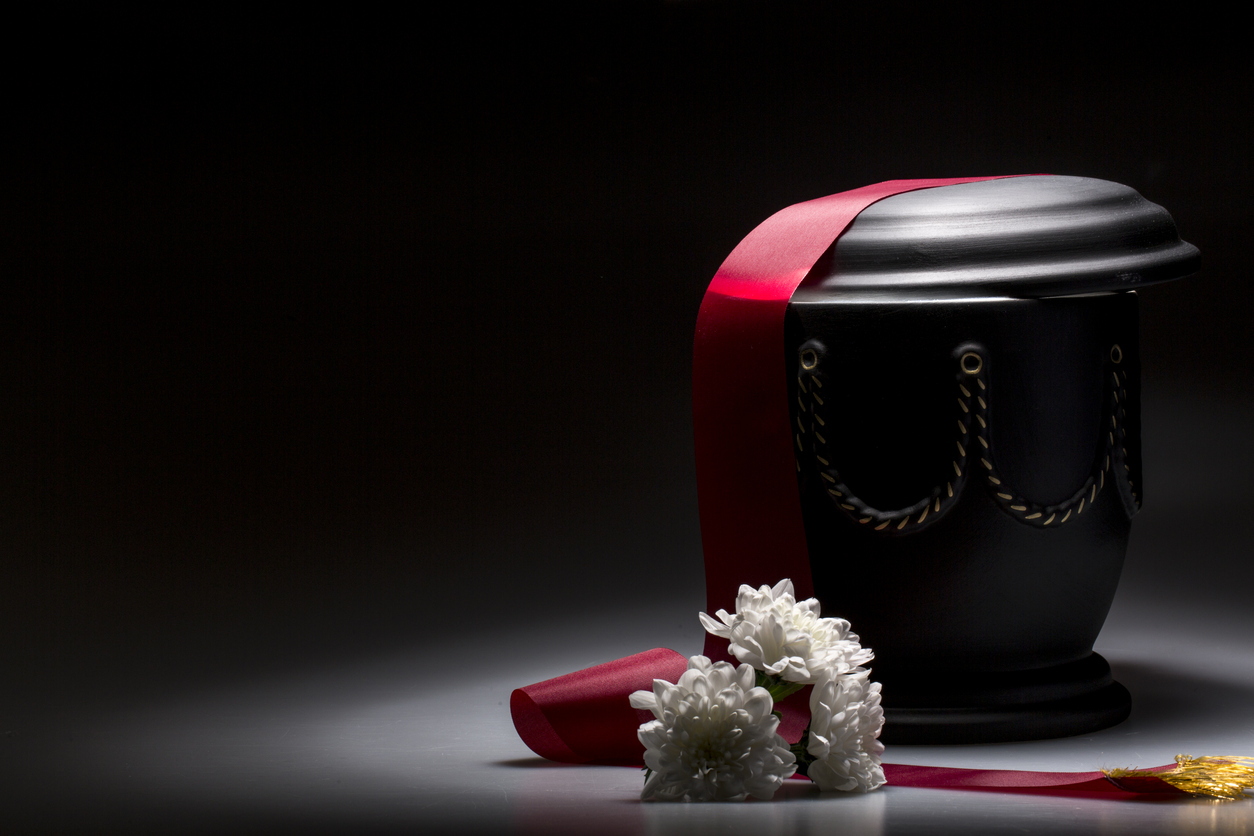
After dinner, those close to the deceased gather before the crematory and take turns gently transporting the bones to the cinerary urn, using very long utensils resembling chopsticks. It’s not required but is very traditional to pass the bone to the person standing next to you. This is why you will probably hear that you should not pass food directly from chopsticks to chopsticks, as it mimics this funerary ritual.
Taking your leave

When it’s time to go, those who brought a condolence offering receive a small gift, usually a designer hand towel or handkerchief. It’s also customary to throw salt on your shoulders once you reach home, so you’ll probably receive a small packet of salt, too.
As Japanese families become smaller and ceremonies more intimate, funeral services are also changing to adapt to their needs. Big or small, elaborate or intimate, being so involved in the process is a privilege, providing a sense of relief and closure for those left behind.
This article was originally published in 2019 and edited with the latest information on Sep. 16, 2020.









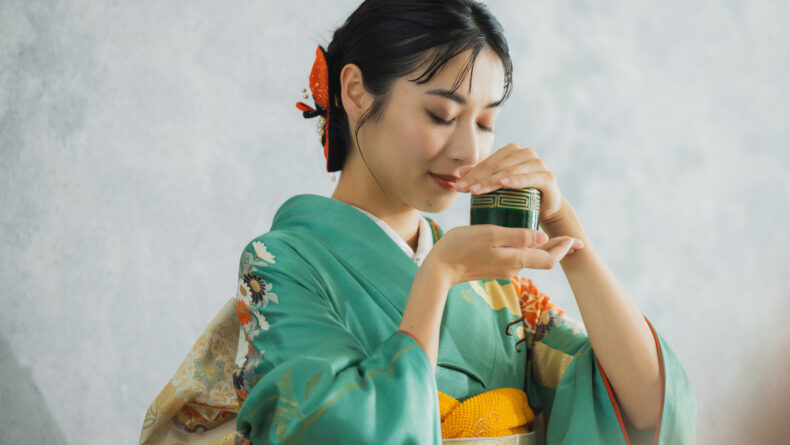
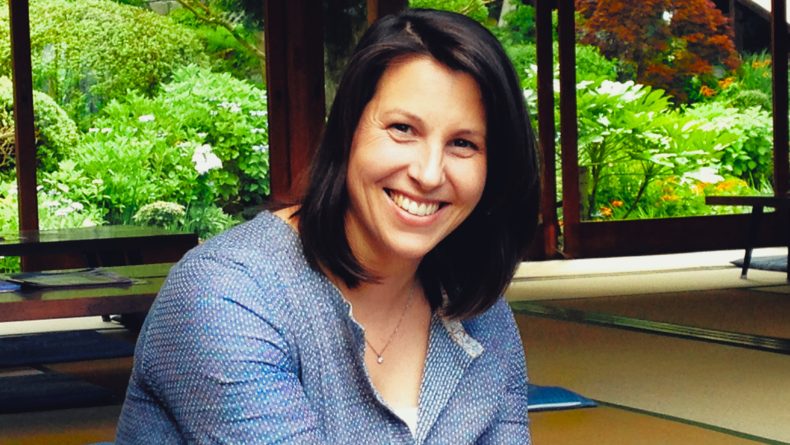
Leave a Reply